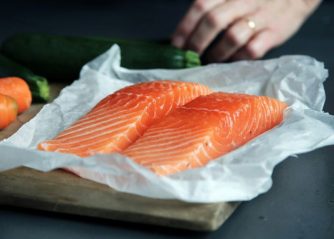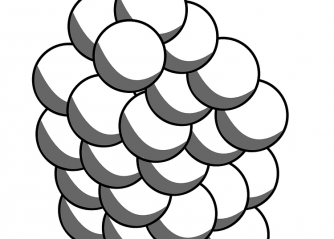Keto Dessert: A Comprehensive Guide to Delicious Low-Carb Sweets

Introduction
Keto desserts have gained immense popularity among food enthusiasts who follow a ketogenic diet. These desserts are specifically designed to be low in carbohydrates, high in healthy fats, and contain moderate protein content. In this article, we will provide you with a thorough overview of the keto dessert trend, explore the various types of keto desserts available, discuss their differences, delve into their historical background, and even provide some quantitative measurements. So let’s dive right in!
Overview of Keto Dessert

A keto dessert is a treat that adheres to the principles of a ketogenic diet. The ketogenic diet is characterized by its emphasis on consuming high-fat, low-carbohydrate foods to induce a metabolic state called ketosis. When in ketosis, the body primarily utilizes fat for energy instead of glucose. Therefore, keto desserts are crafted to replace traditional high-sugar, high-carbohydrate sweets with alternatives that are low in net carbs, typically using natural sweeteners like stevia or erythritol.
Types of Keto Dessert
There is a wide variety of keto desserts available to satisfy any sweet tooth. Some popular options include:
1. Keto Cheesecake: This creamy, decadent dessert substitutes traditional graham cracker crust with almond flour or crushed nuts while using erythritol or stevia instead of sugar for sweetness.
2. Keto Chocolate Mousse: Made with a combination of heavy cream, cocoa powder, and a zero-carb sweetener, this airy and rich dessert offers the perfect indulgence.
3. Keto Brownies: These fudgy delights replace regular flour with almond flour and sugar with low-carb sweeteners like erythritol, resulting in a guilt-free treat.
4. Keto Ice Cream: Made with a base of heavy cream or coconut milk, flavored with ingredients like vanilla extract or cocoa powder, and sweetened with keto-friendly sweeteners, this frozen dessert is a favorite among keto enthusiasts.
Quantitative Measurements of Keto Desserts
When analyzing keto desserts, it can be helpful to consider their macronutrient composition. On average, a typical serving of keto dessert may contain around 5-10 grams of net carbohydrates, 15-20 grams of fat, and 5-10 grams of protein. However, these values can vary depending on the specific recipe and ingredients used. It is always advisable to check the nutritional information of the dessert you are consuming to ensure it aligns with your dietary needs and goals.
Discussion on Differences Among Keto Desserts
While keto desserts share the common characteristic of being low in carbohydrates, there are notable differences among them. These distinctions mainly arise from variations in ingredients and preparation methods. Some desserts may use almond flour, while others rely on coconut flour as a substitute. Additionally, the choice of sweetener and flavoring agents can result in different taste profiles for each dessert.
Historical Overview of Pros and Cons of Keto Desserts
Keto desserts have come a long way in terms of taste and variety. Traditionally, low-carb desserts lacked the options and taste enjoyed by their high-carb counterparts. However, with advancements in ingredient alternatives and creative recipes, the keto dessert market has flourished.
One advantage of keto desserts is that they enable individuals to satisfy their sweet cravings while maintaining their dietary goals. These desserts can also provide a sense of inclusion, allowing people with dietary restrictions to enjoy treats alongside their friends and family. On the other hand, a potential drawback of keto desserts is that some individuals may experience digestive discomfort from consuming large amounts of sugar alcohols used as sweeteners. It is essential to consume these desserts in moderation and be aware of individual tolerance levels.
Conclusion
In conclusion, keto desserts offer a delicious alternative to traditional high-carbohydrate sweets for those following a ketogenic lifestyle. From cheesecakes to ice creams, there is a wide range of options available to satisfy any dessert lover. Remember to always consider the macronutrient composition and individual tolerances when indulging in these treats. Keto desserts have revolutionized the way people enjoy sweet treats while adhering to their low-carb goals.
As a food and beverage enthusiast, exploring the world of keto desserts can be both satisfying and rewarding. By understanding their principles, variations, and historical significance, you can indulge in guilt-free and delicious desserts that align with your dietary preferences. So why not give keto desserts a try and savor the pleasures of a healthier sweet experience.
















































